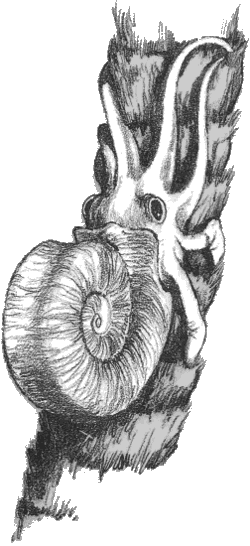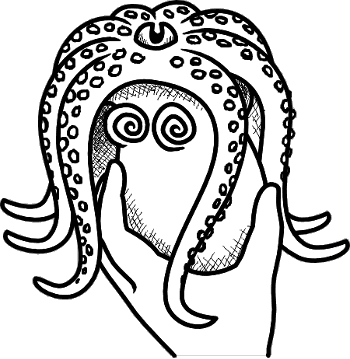Alexander Graham Bell is well-known as the inventor of the telephone (more or less); but did you know he also invented a thought transference helmet?
In an interview with Cleveland Moffett printed in the June, 1893 issue of McClure's Magazine (available as scanned images from Google Books and in plain text from Project Gutenberg), Bell starts by discussing air-ships of the near future (airplanes) and seeing at a distance via electricity (television) before revealing his intent to go beyond mere telephony or television with his experiments into electric telepathy:
THOUGHT TRANSFERENCE BY ELECTRICITY.
After he had spoken of this idea [television] for some time, Professor Bell stopped suddenly, and, with an amused twinkle in his eyes, exclaimed: "But while we are talking of all this, what is to prevent some one from discovering a way of thinking at a distance by electricity?"
Having said this, the genial professor threw himself back and laughed heartily at the amazement his words awakened. Was he joking? Apparently not, for he proceeded seriously to discuss one of the most astounding conceptions that ever entered an inventor's mind. Thinking by electricity! Imagine two persons, one thousand or ten thousand miles apart, placed in communication electrically, in such a way that, without any spoken word, without sounding-board, key, or any bodily movement, the one receives instantly the thoughts of the other, and instantly sends back his own thoughts. The wife in New York knows what is passing in the brain of her husband in Paris. The husband has the same knowledge. What boundless possibilities, to be sure, this arrangement offers for business men, lovers, humorous writers, and the police authorities!
Preposterous as such an idea appears in its first conception, it certainly assumes an increasing plausibility when one listens to Professor Bell's reasoning.
"After all," he says, "what would there be in such a system more mysterious than in the processes of the mind reader? You substitute a wire and batteries for a strange-eyed man in a dress suit, that is all."







